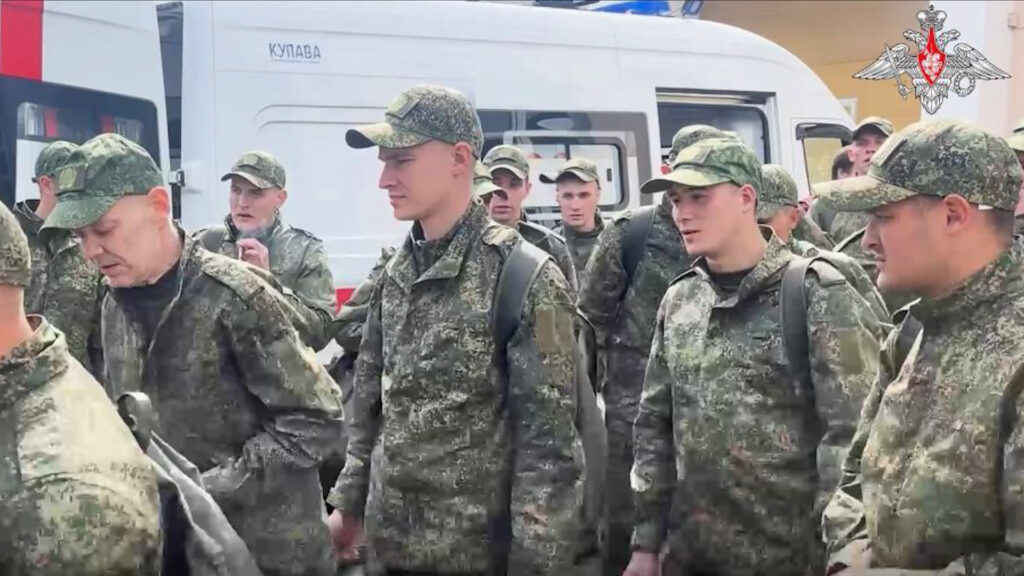Ukraine and Russia began their largest prisoner swap of the war on Friday, May 23, each agreeing to release 1,000 captives. The deal follows direct talks during the week of May 11 in Istanbul — the first between the two countries in more than three years.
Ukrainian officials confirmed the swap began Friday, May 23, and will unfold over several days. The agreement was the only tangible result of the Istanbul talks, which failed to produce a ceasefire. Ukrainian President Volodymyr Zelenskyy said both sides submitted lists of detainees and that Ukraine is working to bring its people home as quickly as possible.
What prompted the prisoner swap?
Renewed diplomatic pressure pushed both sides to the table. Russia proposed the Istanbul meeting after European leaders warned Moscow to accept a ceasefire or face more sanctions. Despite the talks, Russia rejected Ukraine’s 30-day unconditional truce.
The exchange is seen as a limited breakthrough. Ukraine called Russia’s broader peace demands, including territorial concessions, unacceptable. Still, Ukrainian and Western officials view the swap as a vital confidence-building step.
How is Ukraine handling the exchange?
Zelenskyy called the prisoner swap a top priority and said multiple agencies are coordinating its execution. In a Thursday, May 22, post on X, he called it “perhaps the only tangible result” of the Istanbul meeting, and said Ukraine is working to ensure that the deal is implemented.
Ukrainian Defense Minister Rustem Umerov is leading the process, backed by military intelligence, the Security Service of Ukraine, the Interior Ministry and the president’s office. Officials are reviewing each name submitted by Russia.
“Returning all of our people from Russian captivity is one of Ukraine’s key objectives,” Zelenskyy wrote.
Ukrainian presidential adviser Andrey Yermak called the deal a first step toward broader negotiations. He said the next round of peace talks could occur after the exchange, possibly at the Vatican.
What has Russia said about the exchange?
Russian officials confirmed progress. Kremlin spokesman Dmitry Peskov said Thursday that Moscow had received Ukraine’s final list and wanted the exchange completed quickly, though he admitted it remains complex and time-consuming. Russia’s lead negotiator, Vladimir Medinsky, said the process should wrap up in the coming days, according to TASS, a Russian state-owned media organization.
Unbiased. Straight Facts.TM
Ukraine and Russia are conducting the largest prisoner exchange of the war, 1,000 for 1,000, following direct negotiations in Istanbul.

How did Trump respond?
President Donald Trump announced the agreement on Truth Social, writing, “A major prisoners swap was just completed between Russia and Ukraine. It will go into effect shortly.”
Although the exchange was still underway, Trump praised both sides and said the deal could lead to “something big.”
Trump has recently shifted U.S. policy toward a more cautious stance. After a call with Putin earlier in the week, he declined to impose new sanctions on Moscow, though he previously warned of penalties if Russia obstructed peace talks.
What’s the broader context?
The swap follows a string of smaller exchanges that occurred in 2024. Since March 2022, Ukraine says it has recovered nearly 4,800 captives.
But major sticking points remain. Russia continues to demand territorial concessions and guarantees that Ukraine won’t join NATO — terms Kyiv refuses to accept. As of Friday, neither side had signaled any plans for a ceasefire or a shift in military activity.
contributed to this report.


